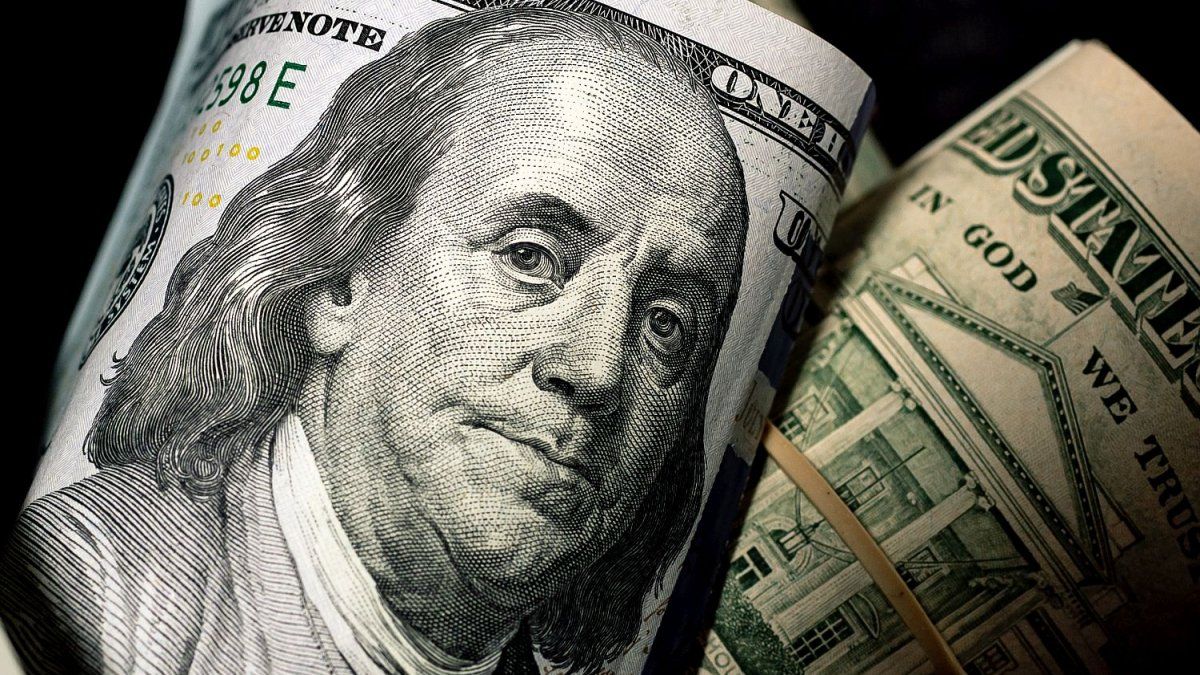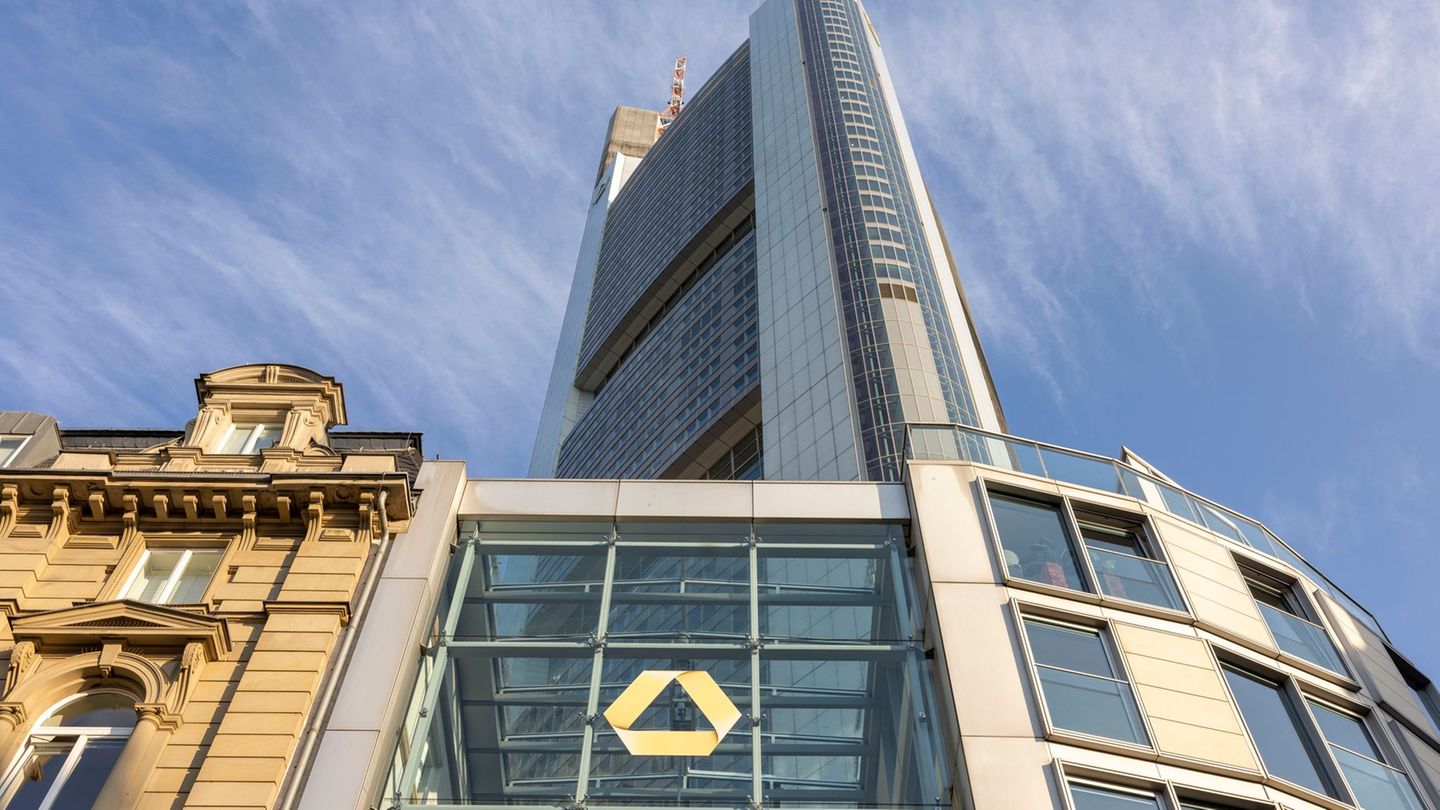In just two weeks the MEP dollar jumped from 1,030 to approximately 1,220. Will the upward trend continue or could it have reached its ceiling?
Despite the recent increase, the MEP dollar continues to lag behind other nominal variables. Until the end of April (not considering the three weeks of May), inflation accumulated 65%, while the MEP dollar only rose approximately 27%. This was mainly because the real exchange rate, which measures a country’s competitiveness in terms of international trade, indicated that the dollar was expensive.
The content you want to access is exclusive to subscribers.
This phenomenon, added to a change of Government and a new economic plan, generated a noticeable drop in the real exchange rate. Today we find ourselves in a moment in which that trend could be changing, at least in the short term.


There are two fundamental factors to take into account. The first factor is the reference rate. Currently, the rate paid by fixed terms, the Badlar rate, is 31.5%, which is equivalent to a monthly rate of 2.6%, in line with what the surety rate yields. This reduces the attractiveness of continuing to carry tradethat is, betting at a high rate hoping that the dollar will remain stable, and increases pressure on the bill in a historically difficult period of the year.
The second factor is seasonal. In previous years, inflation usually predominates in the first half of the year, while The dollar tends to rise in the second half. This is mainly due to the fact that the strong agricultural liquidations are concentrated in the first six months of the year.
Portfolio rearrangement after lower rates
In short, the incentives to maintain the pesos are very few today. We already saw these days how the MEP dollar jumped from 1,030 to approximately 1,220 in just two weeks, an increase of 20%, which would require several months of rates to equalize. Of course, this value must be validated, and volatility in this country is a constant, but Today we see that the pressure is more upward than downward.
Argentina continues to be a country without net reserves, despite the improvement in the dynamics of these months of government, and The most challenging time of the year is approaching. This is why we prefer to be covered in dollarized assets or directly in the MEP dollar for the remainder of the year, since there is not much reward for not doing it with current fixed-term rates and the risk is higher than in previous months.
Cocos Capital Financial Advisor
Source: Ambito
David William is a talented author who has made a name for himself in the world of writing. He is a professional author who writes on a wide range of topics, from general interest to opinion news. David is currently working as a writer at 24 hours worlds where he brings his unique perspective and in-depth research to his articles, making them both informative and engaging.




